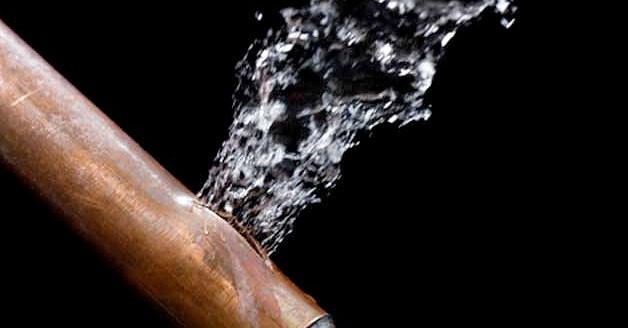How to Find and also Fixing Water Leaks-- A Comprehensive Overview
Book TodayDo you find yourself interested in information around Detecting hidden plumbing leaks?

Early discovery of leaking water lines can minimize a potential disaster. In addition to conserving you money, it will reduce the aggravation and also disappointment. The minute you locate a leak, calling your plumber for repairs is the best option. Nonetheless, some little water leakages might not be visible. Below are some hacks that help if you can not identify it with your naked eyes.
1. Examine the Water Meter
Every home has a water meter. Checking it is a guaranteed manner in which assists you uncover leakages. For beginners, switch off all the water sources. Ensure nobody will certainly purge, make use of the tap, shower, run the washing maker or dishwasher. From there, go to the meter and also watch if it will alter. Since no one is using it, there should be no motions. If it moves, that indicates a fast-moving leak. If you find no modifications, wait an hour or 2 and also check back once again. This means you may have a slow-moving leak that can even be below ground.
2. Examine Water Intake
If you spot abrupt modifications, regardless of your intake being the same, it suggests that you have leaks in your plumbing system. A sudden spike in your expense indicates a fast-moving leakage.
On the other hand, a steady boost every month, despite having the exact same behaviors, shows you have a slow-moving leak that's additionally slowly intensifying. Call a plumber to extensively check your property, particularly if you really feel a warm location on your flooring with piping underneath.
3. Do a Food Coloring Examination
When it comes to water usage, 30% comes from bathrooms. If the shade in some way infiltrates your dish throughout that time without flushing, there's a leakage in between the tank and bowl.
4. Asses Exterior Lines
Don't forget to check your outdoor water lines as well. Test spigots by connecting a garden tube. Needs to water leak out of the connection, you have a loose rubber gasket. Replace this and also make certain all connections are limited. It will certainly aid get it professionally took a look at as well as preserved each year if you have actually obtained a sprinkler system. One small leak can waste lots of water and also increase your water expense.
5. Analyze the scenario as well as examine
Homeowners need to make it a routine to inspect under the sink counters and also inside cabinets for any type of bad odor or mold and mildew growth. These two red flags indicate a leak so punctual interest is required. Doing regular examinations, even bi-annually, can conserve you from a significant problem.
Examine for discolorations as well as damaging as many pipelines and also appliances have a life expectations. If you suspect leaking water lines in your plumbing system, don't wait for it to rise.
Early detection of dripping water lines can minimize a potential disaster. Some small water leakages might not be noticeable. Examining it is a proven way that helps you discover leaks. One small leak can waste tons of water and surge your water expense.
If you think leaking water lines in your plumbing system, don't wait for it to intensify.
WARNING SIGNS OF WATER LEAKAGE BEHIND THE WALL
PERSISTENT MUSTY ODORS
As water slowly drips from a leaky pipe inside the wall, flooring and sheetrock stay damp and develop an odor similar to wet cardboard. It generates a musty smell that can help you find hidden leaks.
MOLD IN UNUSUAL AREAS
Mold usually grows in wet areas like kitchens, baths and laundry rooms. If you spot the stuff on walls or baseboards in other rooms of the house, it’s a good indicator of undetected water leaks.
STAINS THAT GROW
When mold thrives around a leaky pipe, it sometimes takes hold on the inside surface of the affected wall. A growing stain on otherwise clean sheetrock is often your sign of a hidden plumbing problem.
PEELING OR BUBBLING WALLPAPER / PAINT
This clue is easy to miss in rooms that don’t get much use. When you see wallpaper separating along seams or paint bubbling or flaking off the wall, blame sheetrock that stays wet because of an undetected leak.
BUCKLED CEILINGS AND STAINED FLOORS
If ceilings or floors in bathrooms, kitchens or laundry areas develop structural problems, don’t rule out constant damp inside the walls. Wet sheetrock can affect adjacent framing, flooring and ceilings.
https://www.servicemasterbyzaba.com/blog/how-to-detect-water-leakage-in-walls/

I found that write up on Hacks to detect leaks while doing a lookup on the web. Loved our entry? Please share it. Let somebody else check it out. We enjoy reading our article about Hacks to detect leaks.